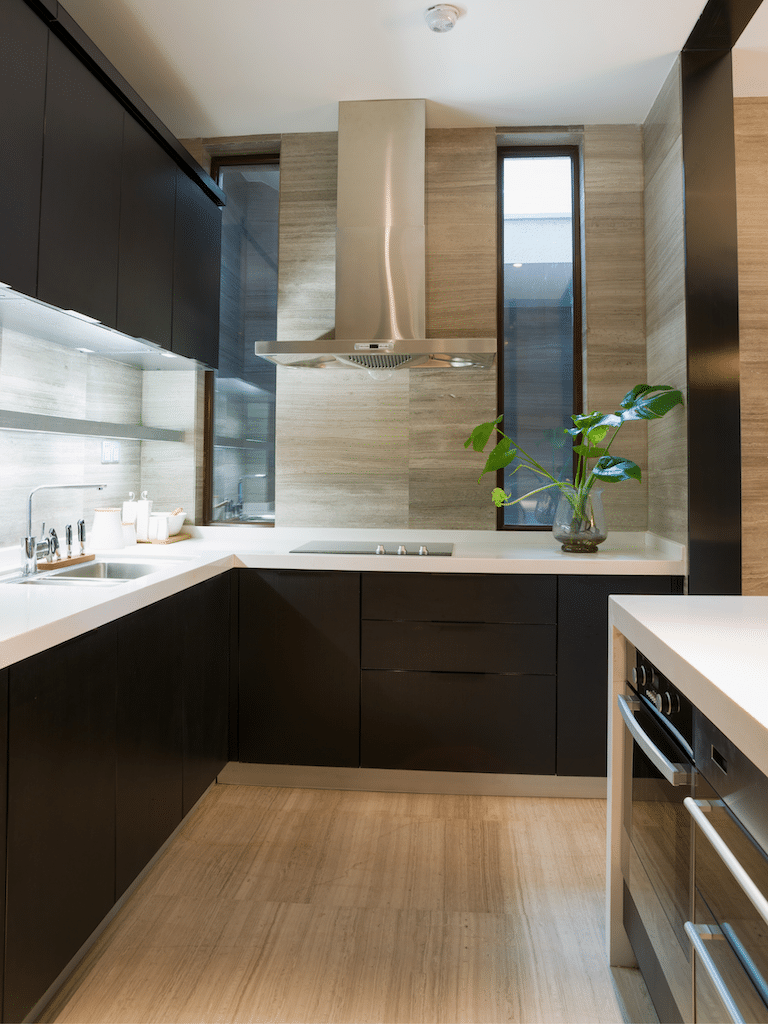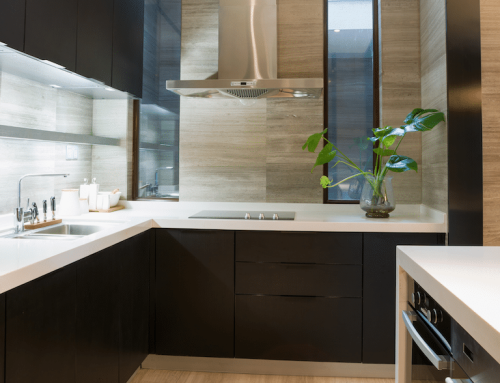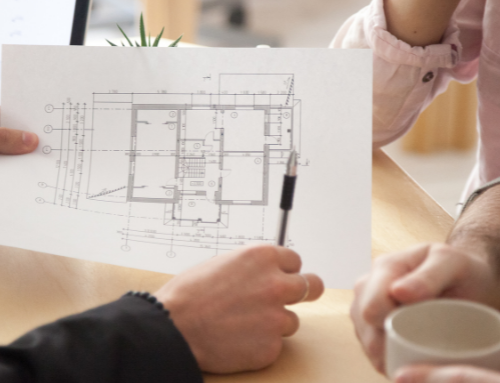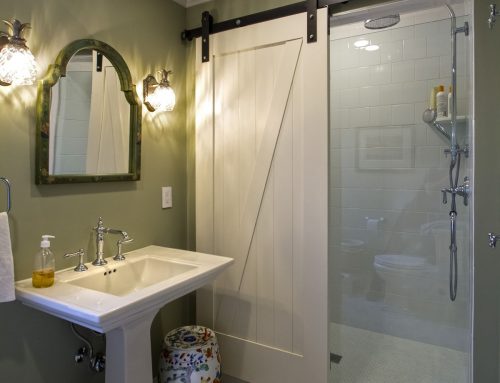As part of the True Leaf initial design consultation, we provide design and space planning ideas for your home. After our first meeting ideas, we fine-tune the design and present the plan and pricing with our award-winning design and space planning services. But what exactly is space planning and why is it crucial in the renovation process?
Defining Space Planning
In interior design and architecture, space planning refers to an in-depth analysis of how a space is currently used and how it will be used post-renovation. A good designer will focus on defining zones and measurements that are foot-traffic intensive such as someone’s favorite counter-space spot in both a bathroom and kitchen, appliance locations, and more with a goal to ease circulation. Most importantly a new kitchen or bathroom remodel should stick to specific measurements to meet code, but savvy renovators will aim for the disabled access recommended length.

Considerations
It’s important to collect as much information as possible about your kitchen or bathroom to create an efficient design that will best adequately serve you and your family. In any new renovation, function is key and aesthetics should ultimately come second. Some considerations before your renovation include:
-
- What are your focal points? For kitchens consider the cooking triangle – a design concept that regulates activity, usually sink, stove or oven, and fridge and the distances between these two points. A kitchen island makes an ideal way to balance the spaces with the highest activity.
- Consider your perception of space in concerns to the useable space of the room. Small spaces can feel claustrophobic to some and cozy to others.
- Consider items, appliances, and the footprint of your cabinets in the room. Make sure you don’t overfill the space so that your room isn’t overwhelming and you have a clear path of mobility.
- Clutter closes up a space. Invest in efficient cabinetry to keep clutter in its place and your kitchen and bathrooms tidy.
- Plan lighting by using vertical lines to draw your eyes and horizontal lines drawing your eyes across. This will serve to reduce or extend the proportions of the room and will modify the perspective of your room. Consider how lighting will reflect and react with design choices and colors in your countertop, wallpaper, and backsplash choices.
- Plan your electric outlets strategically. Bathrooms need enough outlets for anything from charging devices, to mood lighting, scent diffusers, electric hair trimmers and driers, and more. Kitchens have an even greater need for well-placed outlets, especially in kitchen spaces involving high-use appliances.





